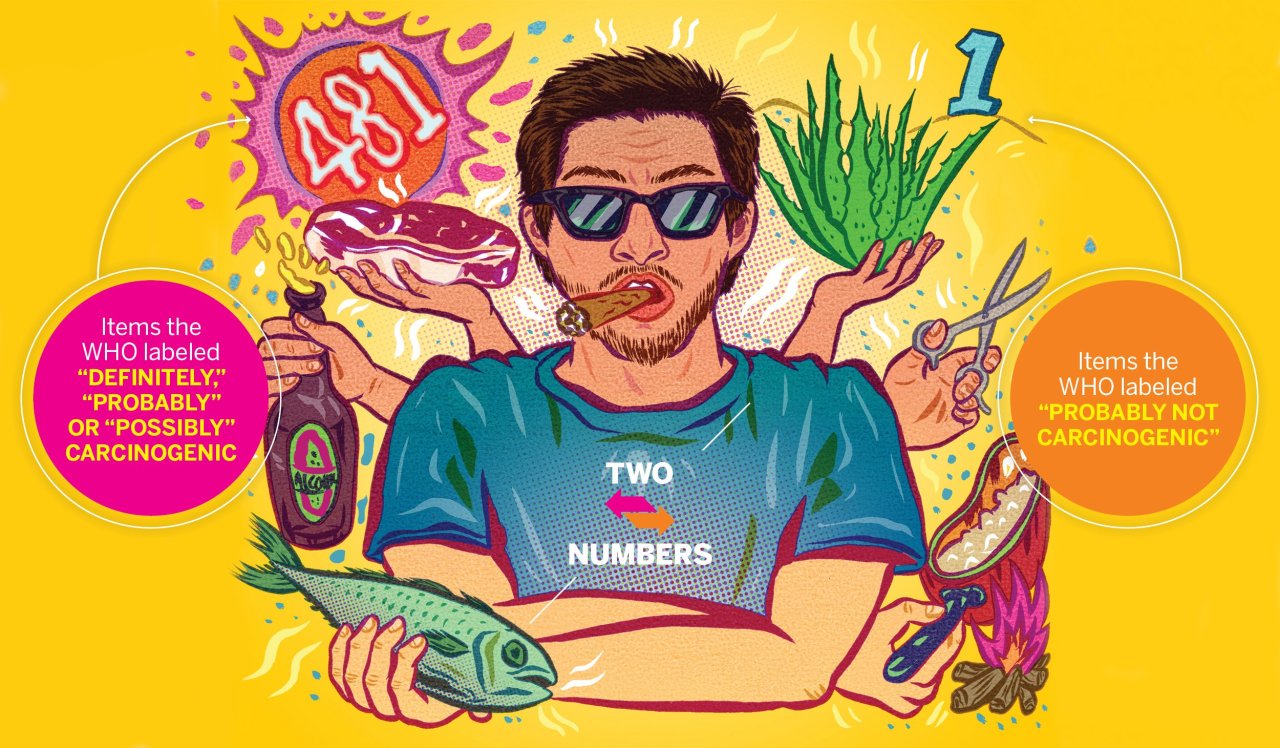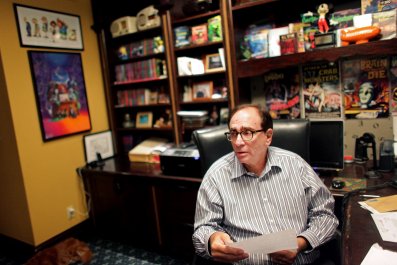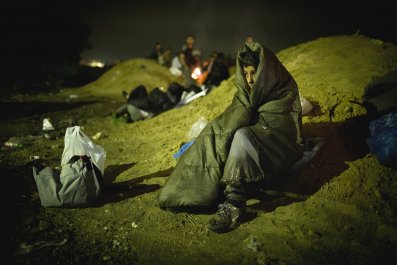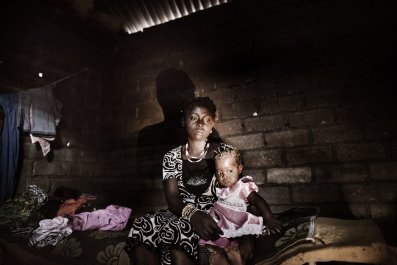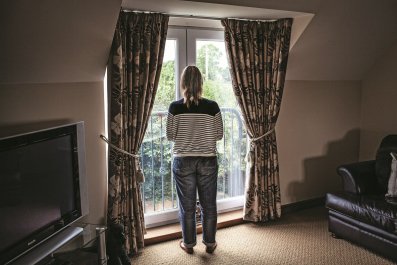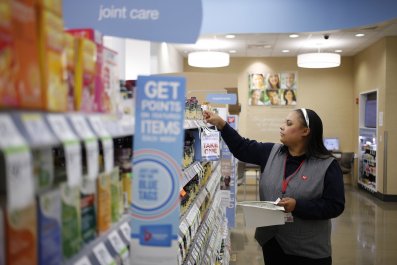When the World Health Organization officially designated processed meats like bacon and sausage a definite (Group 1) carcinogen in October, the meat lobby hit back immediately. The International Agency for Research on Cancer (IARC), an arm of the WHO, has evaluated many hundreds of agents for cancer risk, yet found "only one substance, a chemical in yoga pants," to probably not cause cancer, Betsy Booren, of the North American Meat Institute, said in a statement, implying that the agency was a bit trigger-happy with their cancer designations.
This premise fits nicely with what was said over and over in living rooms and online comment sections after the bacon news broke: "Everything gives you cancer." Ironically, that's a welcome palliative; inevitability is liberating. Keep eating your bacon, drinking your wine, smoking your cigarette and sunbathing (all Group 1 carcinogens). After all, the very air we breathe might be giving us cancer (outdoor air pollution: Group 1 carcinogen), so why worry? Being a painter, hairdresser or a barber, and working shifts that disrupt normal sleeping patterns, are cancer threats too, per the IARC's ranking.
Related: What's So Bad About Bacon?
In fact, the IARC has evaluated 985 agents and found only one to definitely not have the potential to give you cancer (the "yoga pants" chemical; an agent used in synthetic fibers like nylon). Of these, it has designated 504 agents as "not classifiable," due to inadequate evidence. The other 481 have been categorized into three groups: "possibly carcinogenic to humans," "probably carcinogenic to humans," and definitely "carcinogenic to humans," which is where our dear bacon and sausage has fallen. Red meat, meanwhile, was placed in the "probably carcinogenic" category.
So why not just shrug it all off and try to enjoy life before the inevitable diagnosis?
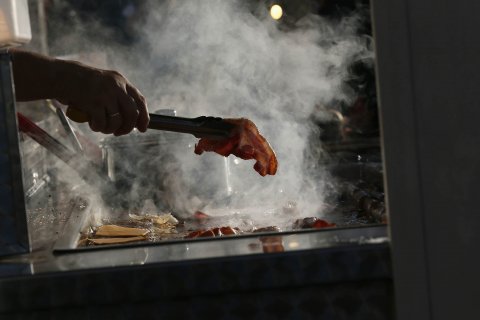
That'd be a good plan, except that it misses a few important facts. To start, the IARC won't even evaluate something for cancer risk until an international group of scientists and experts, who are vetted for conflicts of interest and meet once every five years for the purpose, study the literature and recommend they prioritize that thing for review. That means there's likely already some compelling evidence that the agent might pose a risk.
And while it may be tempting to scoff at a system that puts tobacco and asbestos in the same category as bacon, the IARC isn't suggesting equivalence. That top-level category is simply reserved for agents where the cancer risk has become clear-cut. Tobacco and asbestos are still far more dangerous, in terms of cancer risk, than the occasional sausage patty. Smoking a pack a day over a lifetime raises one's risk of lung cancer 50-fold, while "worst-case scenarios in relation to processed meat or red meat rarely reach more than twofold," Bernard Stewart, an oncology researcher at the University of New South Wales a nd chair of the IARC's working group on meat, explained. (The group found that each additional 50 grams—roughly two strips of bacon per day—raised one's risk of bowel cancer by 18 percent, but that means the overall risk is only multiplied by 1.18 percent.)
Still, we'll be sure to hear groans when the IARC makes its next set of announcements: After designating it "possibly carcinogenic" in 1991, coffee is back on the list for next year's evaluation.


